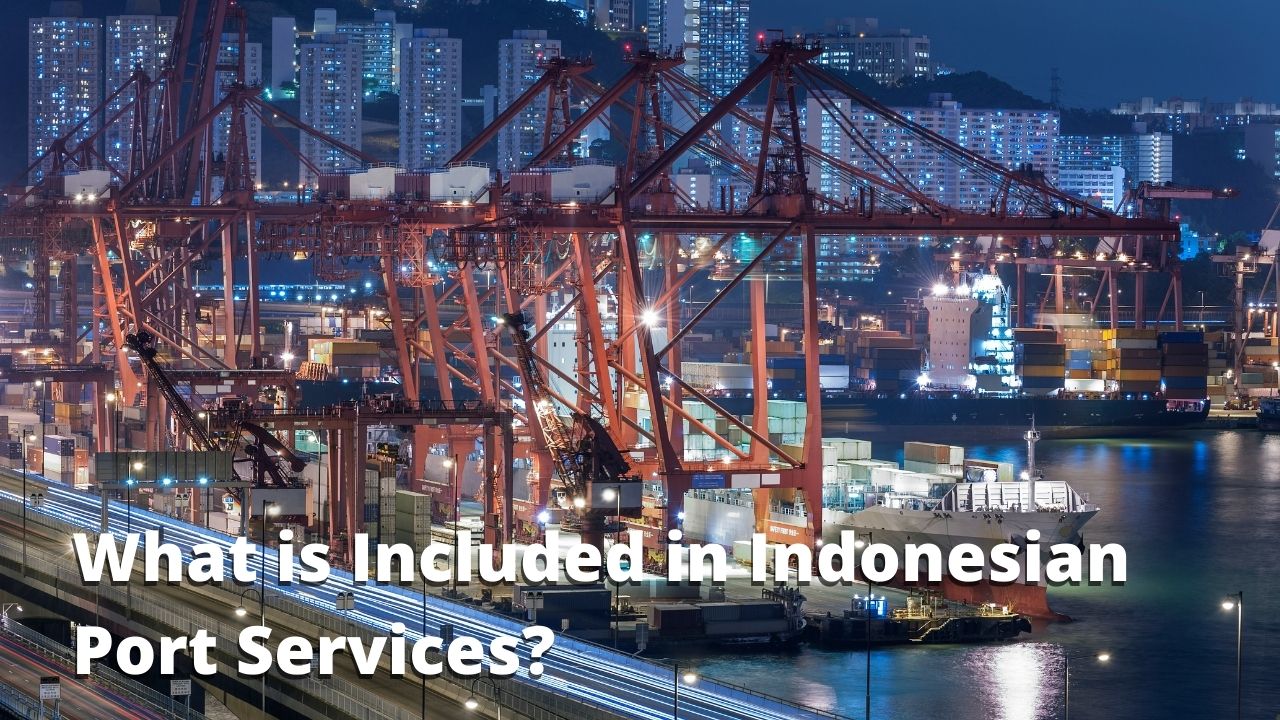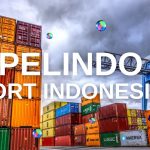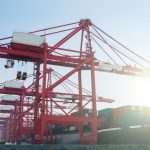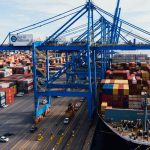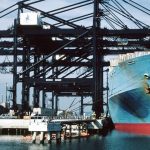Indonesian port services include various types of services. Among them are terminal services, docks, services and refueling, clean water, passenger boarding facilities, delay services, mooring services, and various others.
In this article, we will review what is included in Indonesian port services in detail from the arrival of the cargo ship, until finally the cargo is transported to the destination. The destination is an area for stockpiling.
Specifically, the services provided at the port are not only port services and other port services. But there are also navigation services, shipping services, to sea transportation services. In port services, there are anchoring services, dock services, goods stacking services, and mooring services.
Well, this will be the focus of this review. Start from anchoring services, mooring services, dock services, and heading to goods stacking services. Based on the applicable law in Indonesia, precisely stated in PP no. 15 of 2016, and PERMENHUB no. 77 of 2016, has implemented operational standards for Indonesian port services.
In the docking service, the ship will request or send a request to enter the port waters area. From this request, a ship arrivals list or SAL was finally published. Then, one day before the ship arrives at the port, the port service provider company will send a notification of the ship’s arrival with a number of important information regarding the ship that will dock.
For example, there are Route Pattern Plans, Foreign Ship Agency Notifications, Ownership Ship Operation Notifications, Ship particulars, cargo manifests, and so on. Those were the operational standards for anchoring and mooring services.
Next, there is the container service. Before getting this service, the service user must send a letter of request for the accumulation of goods at the port. Of course, the letter also conveyed information about what items were piled up, the amount, and the time of use of the stockpiling area.
From the letter, the port service provider will later convey the fees that will be charged to service users, and make invoices to be submitted to service users. After getting the billing, service users make payments. Not quite there, the payment must be confirmed to the relevant parties, that the money has been paid to the state.
That was the operational standard of goods stacking services at the port. Thus, the above is a series of operational standards for Indonesian port services which of course must be followed both by ships coming from abroad (foreign flags), as well as ships belonging to Indonesian citizens

